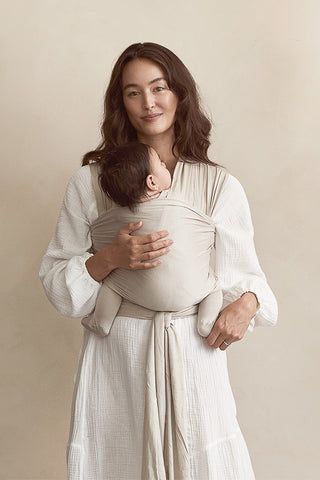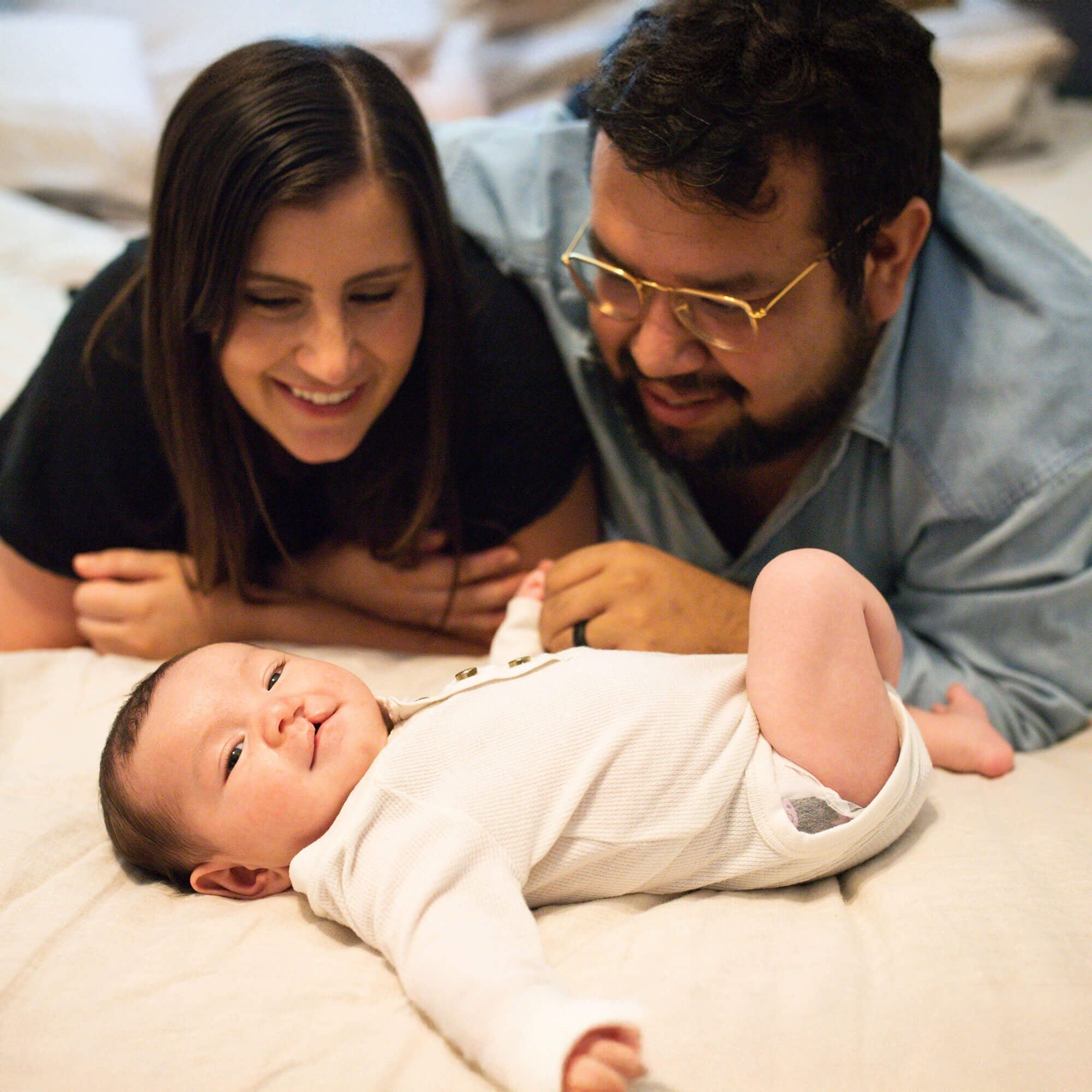Breastfeeding often feels like a taboo topic. The time and energy mothers devote to nursing, as well as the joys and hardships associated with it, are rarely—if ever—acknowledged. But we’re hoping to change that, one story at a time. In honor of breastfeeding mothers around the world, our Leaked series shares real stories from our community. Here, Alexis Duron, a mom of one in Washington State, shares about her feeding journey after her son was diagnosed with a cleft lip and palate at her 20-week anatomy scan.
When we found out we were pregnant with our son I knew I wanted to breastfeed and was truly excited to learn all about it. I had imagined all the beautiful moments we would have together and couldn't wait for the bond it would bring us. I'm a bit of a birth nerd and would listen to different podcasts all about pregnancy, labor, birth, and postpartum, so I knew it might not be all rainbows and butterflies, but I felt prepared. All of those breastfeeding dreams ended at our 20 week anatomy scan when we found out our son had a cleft lip and palate. It was devastating and I cried for weeks about it.

Some babies with cleft lip and palate can learn to breastfeed, however most are unable to create the suction that is needed. It's like drinking through a straw with holes in it. I tried to hold on to hope that maybe my son would be a baby that could breastfeed, but I knew deep down it would likely bring a lot of pain and hard moments. So instead of holding too tightly to something that wasn't in the cards anymore, I started to pour all my energy into learning about exclusively pumping. I wanted to do everything I could to feed my baby my milk in the best way that I knew how to do it.

I immediately started pumping after he was born and my milk came in fairly quickly. I ended up having a large supply and was able to freeze hundreds of ounces of milk and feed him what he needed daily. Pumping was exhausting, but I was determined to keep going and give him what I had. Around five months postpartum, I was back at work and pumping started to take a toll on me every day, so I decided to drop my pumps down to five a day. I noticed my supply started to drop under his daily needs so I reached into the freezer to start using my frozen stash. We quickly learned that my milk was high lipase. (Editor’s note: Lipase is an enzyme that helps break down breast milk for digestion. When there’s too much of it, breast milk that has been frozen can end up with an altered taste and smell.) He hated the taste of it. It smelled bad, it tasted like metal, and he refused to drink it. I tried mixing it with fresh milk, with formula, with alcohol free vanilla, and he refused it all. It was another devastating moment in our journey. I had worked so hard to build up a stash and pump around the clock all for it to taste terrible and be refused.

We ended up supplementing with formula for several months and then I eventually decided to wean from pumping when he was a year old. And a friend of mine who had supply issues tried my high lipase milk with her son and he had no problems with it! So in the end it didn't go to waste.

I am so incredibly proud of myself for navigating the ups and downs of breastfeeding. Although I don't know what it feels like to breastfeed my child, we still had so many of the magical mom-and-child moments while I fed him a bottle and stared into his eyes. I don't feel like I missed out on the closeness that I feared I would if I didn't breastfeed him. I am way more prepared and open-minded for the next go around. I am so grateful for my son and his cleft lip and palate journey that we have been through. He has taught me so many lessons already, and many of them came through our breastfeeding journey together.









